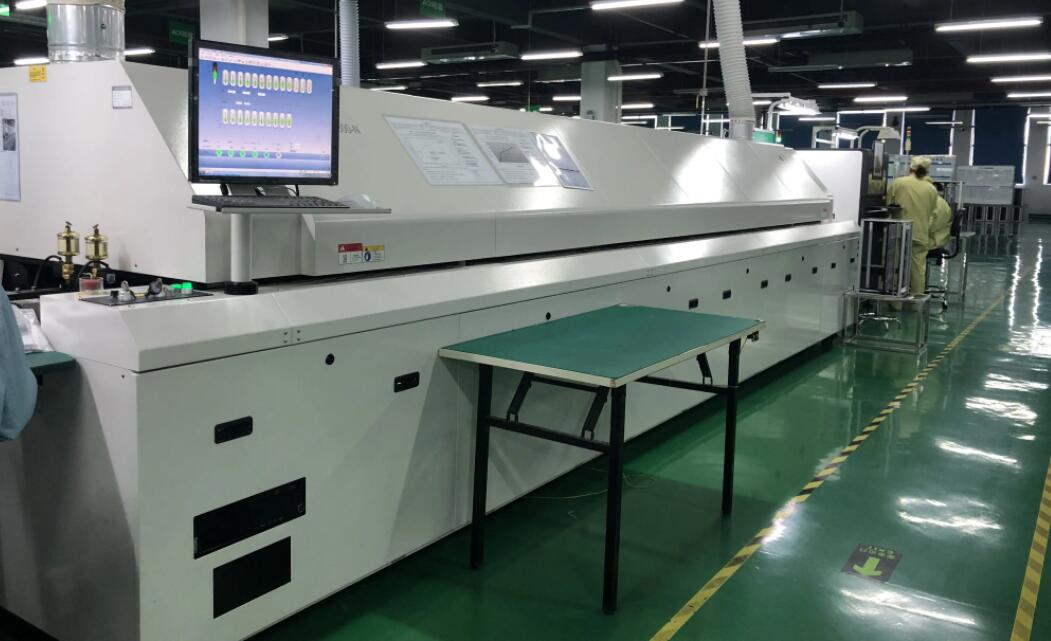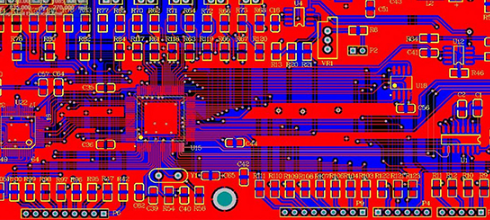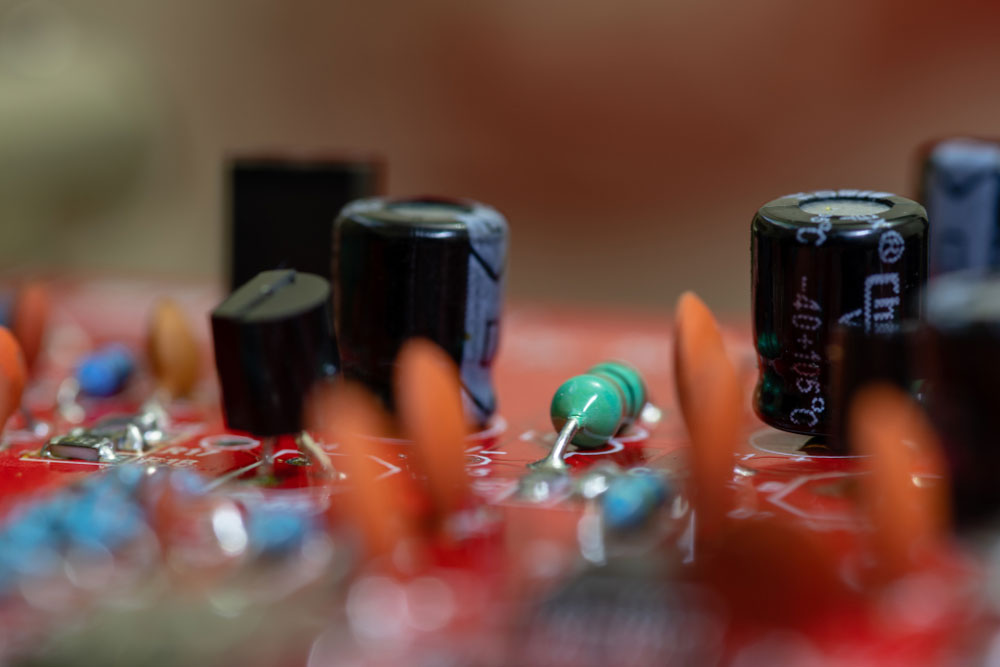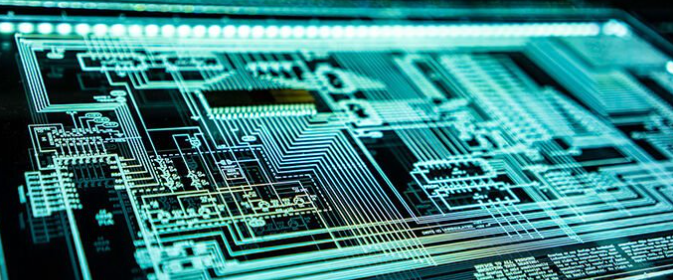 address:201, Factory 6, Longhui Industrial Park, Fuqiao 3rd District, Xinhe Community, Fuhai Street, Baoan District, Shenzhen china
address:201, Factory 6, Longhui Industrial Park, Fuqiao 3rd District, Xinhe Community, Fuhai Street, Baoan District, Shenzhen china
On the Difference Between Wave Soldering and Reflow Soldering

As per the laws and the proper working of any electric device, soldering is an important part of every printed circuit board design. The most reliable and common way to make the circuits is to use soldering to keep them in a single place.
If there were no concept of soldering, then it would not have been easy to produce the printed circuit board. However, there are various kinds of soldering that are used for different reasons and applications.
Hence, there is a significant need to differentiate between the types of soldering to know their main concept of application.
Thereby, by the end of this article, you can be able to conclude the difference between wave soldering and reflow soldering. Please keep reading for further insights.
Wave soldering: How can you describe it?
You might have wondered how the soldering process of bulk printed circuit boards occur in no time; the news is that the technique of wave soldering is preferred for such bulk amounts of printed circuit boards.
The most common reason why wave soldering is used for soldering a hefty number of printed circuit boards is that they are convenient and take less time.
Usually, those printed circuit boards that have been soldered with the help of wave soldering are subject to quite a lot of heat. It is much greater than those printed circuit board designs that have been soldered manually.
This type of soldering, wave soldering, uses a molten solder over which the waves are passed through. By this method, the printed circuit boards are often soldered within a short time frame that is less than a few seconds.
The joints created in the printed circuit boards using the wave soldering technique are often reliable and used for the industries and workers performing manufacturing at a larger scale.
How is wave soldering considered to be beneficial?
There are many reasons why the wave soldering type is considered advantageous for those industries and companies built on a larger scale.
However, some basic reasons or pros of wave soldering are mentioned below.
They are considered to be ideal for the assembly of PTH.
It gives you quite a leverage in the time frame since it utilizes less time and offers more productivity.
It is under an affordable price range that allows a lot of people to opt for the process of wave soldering.
The joints created in the printed circuit board are very reliable and strong after the soldering process.
There is no need to use glue in the wave soldering technique.
Parameters can be easily controlled during the wave soldering of the printed circuit board.
Where is wave soldering mainly used?
The main areas where the wave soldering technique is still used are usually in the large-scale companies that are expected to manufacture good electronic devices. Since the price range of wave soldering is under a supervisory budget, it is quite reasonable, making it easier for people to opt for it, even in bulk amounts.
Wave soldering might not always be on the brighter side because it might have its cons, but the pros of wave soldering make up for its very few disadvantages. This fact has played an important role in the continued use of the wave soldering technique until now.

Reflow soldering: How can it be defined?
If we talk about another type of soldering named reflow soldering, it might be concluded that it is quite different from the wave soldering technique. The reflow soldering type is mainly used to attach the mounted components to the surface of the printed circuit board.
Meanwhile, the wave soldering technique is used for those components to be molded into a new joint that is much more reliable. Nevertheless, that does not restrict the use of reflow soldering in such aspects. It will work and might even offer you good results, but in wave soldering, the perfect result is guaranteed, while in such cases, reflow soldering might only offer an average job.
In the process of reflow soldering, there is a need to make a solder paste from powdered solder and the flux matter. This paste is then used for the attachment of the components. The heat is then offered continuously, which helps in the melting of the solder, leading to the joint connection.
What are the highlighted pros of reflow soldering?
While there are various reasons to use reflow soldering, it can get confusing to learn something about it precisely. Therefore, some of the most basic and highlighting pros of reflow soldering are mentioned below.
The technique of reflow soldering is much suitable for the assembly of SMT.
Many manufacturers prefer the reflow soldering type since it is easier to use.
It requires a low amount of heat as compared to the wave soldering technique.
It has a much lesser thermal shock.
The results usually are precise, and it does not take part in those processes considered a waste of time or effort.
It can be used when the options are quite limited for the soldering process.
Is reflow soldering type considered to have cons?
Well, everything that has pros automatically has its cons as well, but that does not mean stopping opting for a certain soldering type. The majority of the time, the advantages and disadvantages usually depend on the type of work you want or what type of results you are aiming for.
When we discuss the drawbacks of reflow soldering, we can say it is very expensive compared with the wave soldering technique.
Therefore, many people do not opt for the reflow soldering type since they do not have an extended budget. Meanwhile, if there is a very important need for some specific tasks, you might have to choose the reflow soldering technique while ignoring the hefty amount of money for it.
Secondly, reflow soldering is also considered to be disadvantageous since the solder particles often undergo the process of oxidation during the process of airflow. Such oxidation processes are usually why a cosmetic defect occurs, also referred to as grapping.
Wave soldering Vs. Reflow soldering: Which one is better and why?
After knowing the differential facts about wave soldering and reflow soldering, the next thing one might wonder is which one is a better option and why.
Well, this choice is usually dependent on a various number of factors. Some of them are mentioned below.
The shape of pads.
You need to work and be more productive in your time frame.
The orientations of the components.
The type and size of the printed circuit board you will work on.
Many times, you would experience that wave soldering is working on a much more complex ground as compared to the reflow soldering process. Several issues are related to the temperature and the time frame required for certain work.
In the wave soldering technique, you must be very careful and monitor it very closely. If by any chance the steps are not followed properly, or the process is not monitored for mistakes, then there is a high chance of defections in the printed circuit boards.
Likewise, you have to be quite mindful while dealing and working with the reflow soldering technique since you are using the reflow soldering for the fabrication of the printed circuit board you are working over.
However, there is no need to be very strict with the rules when reflow soldering. On a larger scale, the reflow soldering technique is considered effective.
In terms of money between the wave soldering technique and the reflow soldering technique, wave soldering is much cheaper. Wave soldering technique tends to be relatability faster and much more effective than reflow soldering when it comes to working at larger scale levels.
In most cases, wave soldering is the only known soldering technique that manufacturers tend to choose. Reflow soldering is often used at a smaller scale and does not have to work with a quick manufacturing method. When you choose the reflow soldering technique, things are much easier and more flexible.
Hence, we can easily conclude that either of those options can be used, but first, you need to decide what goals you want to achieve and how precise the results you are aiming for are.
If your goal is oriented towards a larger scale work with a much more reliable connection, wave soldering is preferred. While if you are looking out for small-scale production that does not require a lot of attention, then the reflow soldering technique is preferred and promises to deliver good work.
Conclusion
The type of soldering usually depends on needs and expectations. Hence, to choose between wave soldering and reflow soldering, you need to be clear about their main differences to get to the depth.
If you are unaware of the differences between wave soldering and reflow soldering, there are many possible chances of choosing the wrong category among soldering types. Hence, the need for information beforehand is emphasized at different levels.
-
No comment











 tel:+86-18825224069
tel:+86-18825224069 email:
email:





















